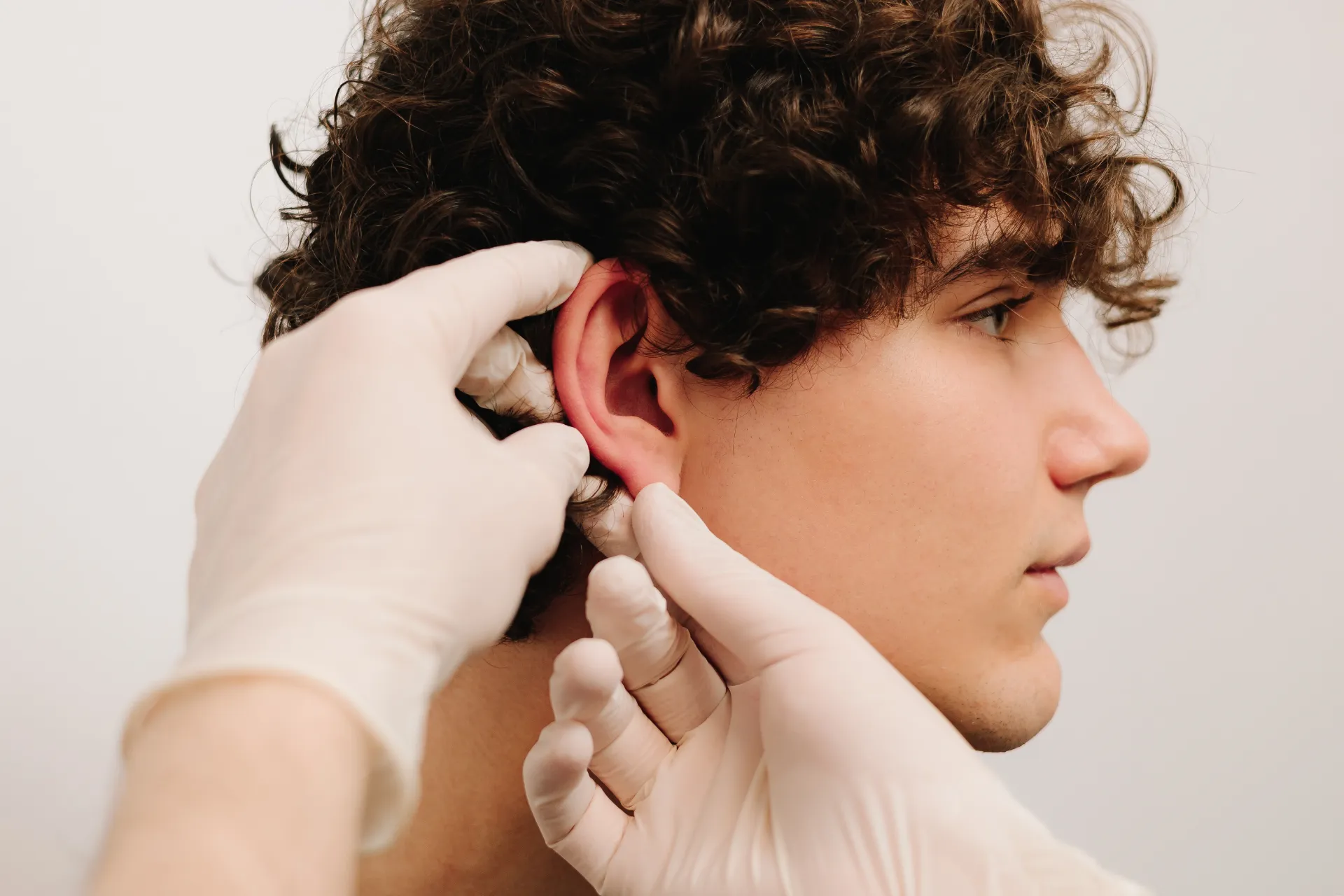What Parents Should Know About Otoplasty for Their Child

This year marks 14 years since I began practicing as a surgeon, and as a specialist in craniofacial and reconstructive surgery, I’ve seen and corrected just about every type of ear deformity—prominent ears, Stahl’s ear, ear tags, hemangiomas, and more.
One thing I’ve noticed about my older patients who undergo otoplasty is that many of them decide after spending far too long feeling insecure about their ears. They often share stories of being teased or even bullied as children. It’s something I think about every time a parent brings their child in for a consultation about their ears.
One of the most common questions I hear from parents is: “Is ear surgery right for my child?” Outside of rare circumstances, the short answer is usually yes—but not for physical health reasons. Instead, the real benefit of otoplasty is in a child’s confidence and emotional well-being. Feeling comfortable in their skin is crucial for development, and for some children, correcting prominent or deformed ears can prevent years of self-consciousness. So how do you know if surgery is the right choice for your child? Let’s break it down.
The Unfortunate Truth
The fact of the matter is it’s not just about the ears—it’s about how children feel about themselves. Kids can be tough on each other, and something as simple as prominent ears can become a target for teasing and bullying. Unfortunately, we see this more than we’d like to admit. Children who experience this kind of bullying can suffer from diminished self-esteem and social anxiety, which can affect their development well into adulthood.
That’s where otoplasty comes in. By addressing ear deformities early, the procedure helps boost a child’s confidence, giving them the ability to feel comfortable and unselfconscious in their appearance. It can be life-changing, especially for a child who has been dealing with the emotional impact of being teased. A child who feels confident is more likely to excel in social situations, make friends more easily, and feel good about themselves, which is critical for their emotional and social development.
By opting for otoplasty, you’re not just changing the shape of the ears—you’re giving your child the gift of confidence and the freedom to thrive without worrying about how they look.
What Causes Ear Deformities?
Ear deformities can range from minor asymmetries to structural abnormalities that affect how the ear develops. These differences often occur due to issues with cartilage formation in the womb. The outer ear (auricle) forms between the fifth and ninth week of fetal development, and any disruptions during this time—whether genetic, environmental or even due to positioning in the womb—can lead to noticeable differences in ear shape.
Some children are born with conditions like Stahl’s ear, where an extra fold gives the ear a pointed appearance, or cryptotia, where the upper part of the ear is partially buried under the scalp. Others may have a lop ear, where the top folds forward, or microtia, a condition where the outer ear is underdeveloped.
Though these conditions don’t impact hearing in most cases, they can influence a child’s self-esteem, especially as they become more aware of their appearance. Many parents notice their child starting to feel self-conscious around age 5 or 6, sometimes trying to hide their ears with their hair or hands. That’s when the discussion about otoplasty often begins.
The Best Age for Surgery
Otoplasty is often performed on children between ages 5 and 7, and there’s a reason for this timing. By age 5, a child’s ears have reached about 90% of their adult size, meaning the cartilage is developed enough for reshaping. Additionally, younger children’s cartilage is more flexible, making the procedure smoother and recovery easier.
From a social standpoint, early surgery can prevent years of potential teasing. Many parents opt for the procedure before their child starts school, so their peers never even notice a difference.
What to Expect from the Procedure
Otoplasty is an outpatient procedure, meaning your child can go home the same day. The surgery itself takes about 1-2 hours, during which we reshape the cartilage and position the ears closer to the head. It’s performed under general anesthesia for young children to ensure comfort.
Recovery is straightforward—children wear a protective headband for a few weeks to keep the ears in place. Most kids return to school in about a week, with only mild discomfort that’s easily managed.
Addressing Common Parent Concerns
While we’re here, let me go ahead and address a few of the questions I often get from parents regarding their child’s ears. Some usual suspects are:
- Will my child be in pain? Not during the procedure. Afterward, though, mild discomfort is normal, but we provide pain management options to keep them comfortable.
- Will my child’s ears look natural? The goal is always a subtle, natural look—ears that no longer stand out but don’t appear overly pinned back. I won’t speak for other doctors, but if I do them, they’re going to look great.
- Will my child outgrow prominent ears? Unfortunately, no. Since ear cartilage is fully formed early, ears won’t change significantly without intervention. Make no mistake, only surgery can correct ears that stick out.
Bottom Line
Otoplasty is a safe and effective way to correct prominent ears, boost a child’s confidence, and spare them the unpleasant experience of getting teased. If you’re considering it for your child, a consultation is going to be your first step – after reading this, of course. A meeting with the doctor can help determine if your child is a good candidate that will benefit from this procedure. At our clinic, we take a thoughtful, child-friendly approach to ensure both parents and kids feel comfortable every step of the way. Don’t put it off – the key to your child’s confidence is just a conversation away!
– Dr. Eric Payne